Van Gogh’s Final 70-Days in Auvers-sur-Oise
Ask the general populace to name a famous painter, and they’d probably say Dutch painter, Vincent van Gogh. Today his paintings command staggering purchase prices, with his Portrait of Dr. Gachet, painted the last year of his life in Auvers-sur-Oise, selling for 152 million dollars in today’s currency.
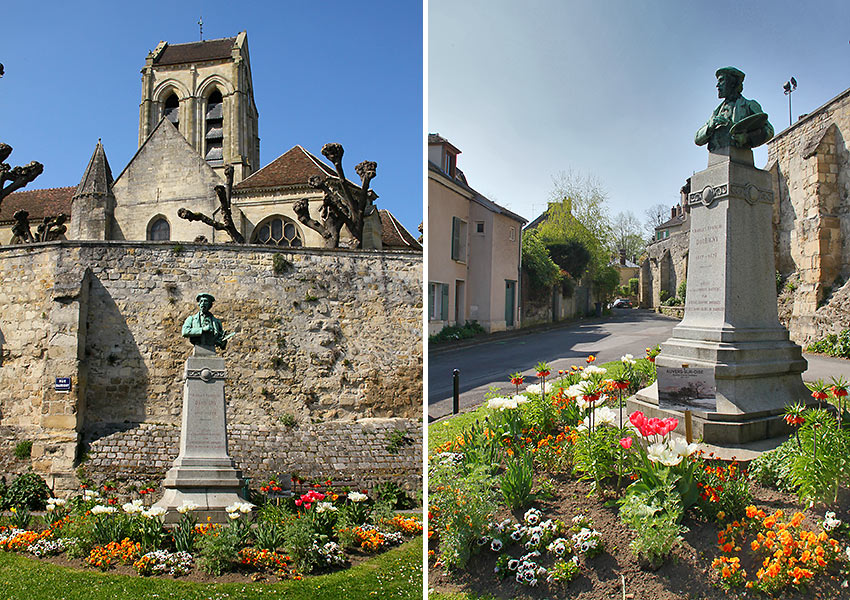
During his ten short years as a painter, he only sold one painting, and that was to his young art dealer brother, Theo van Gogh, who supported Vincent financially throughout most of his life. His years have been well-documented in films: Vincente Minnelli’s Lust for Life (which Kirk Douglas called his favorite film role); Alain Resnais’ short documentary, Van Gogh;, Robert Altman’s Vincent & Theo; Maurice Pialat’s Van Gogh; and avant garde painter Julian Schnabel’s At Eternity’s Gate with Willem Dafoe in the title role. Van Gogh is also well represented in print. For an immediate read, visit Vincent van Gogh: The Letters, where all his written correspondence is presented in a web edition.
“How can I be useful, of what service can I be?
There is something inside me, what can it be?”
– Vincent van Gogh
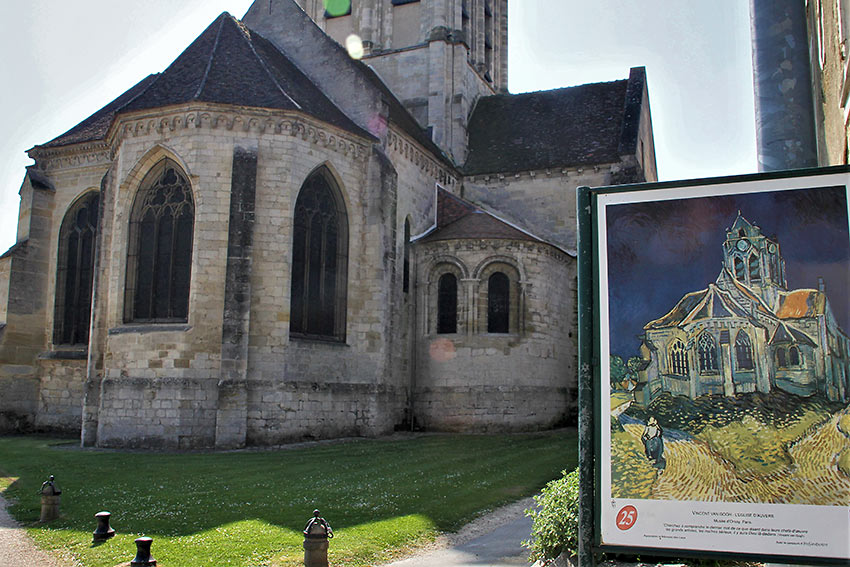
Backstory
Vincent Willem van Gogh (1853 – 1890) was born in the southern Netherlands into an upper middleclass Dutch family; his father a minister of the Dutch Reformed Church. In Dutch, his surname is pronounced ‘vun Khokh.’ Prior to be being a painter, van Gogh had been a junior clerk at an art firm, teacher, bookseller, art student and preacher. His commission as a lay preacher in the Borinage mining region of Belgium was spent helping coal miners in their horrific existence. Vincent lived among the miners and their families, sharing their poverty and sleeping on the floor. He would literally give the very shirt off his own back. His dedication was such that he was nicknamed The Christ of the Coal Mine. With his sloppy attire and unorthodox manner of ‘bringing God down to the miners,’ the ministry’s elders found his style not in the same vein as their dignified, buttoned up theology, and did not renew his contract. At age 30, van Gogh decided to dedicate his life completely to art. After a short stay in The Netherlands, he moved to the town of Arles in the south of France – also a favorite of the Impressionists because of the bright Mediterranean sunshine which created vivid colors and blue skies. He changed his style to impressionistic-influenced bursts of color and rough brush strokes done in thick impasto. His theme eventually focused on nature and brooding self-portraits, mainly due to his lack of money to hire a model. This is where he created many of his greatest paintings. Every act of his life was of a deeply felt sense of fervency, which transitioned into his art, where every move of his paint brush was done with profound intensity. Regardless of the subject matter, all his work is about himself.
“I dream of painting and then I paint my dream.”
– Vincent van Gogh
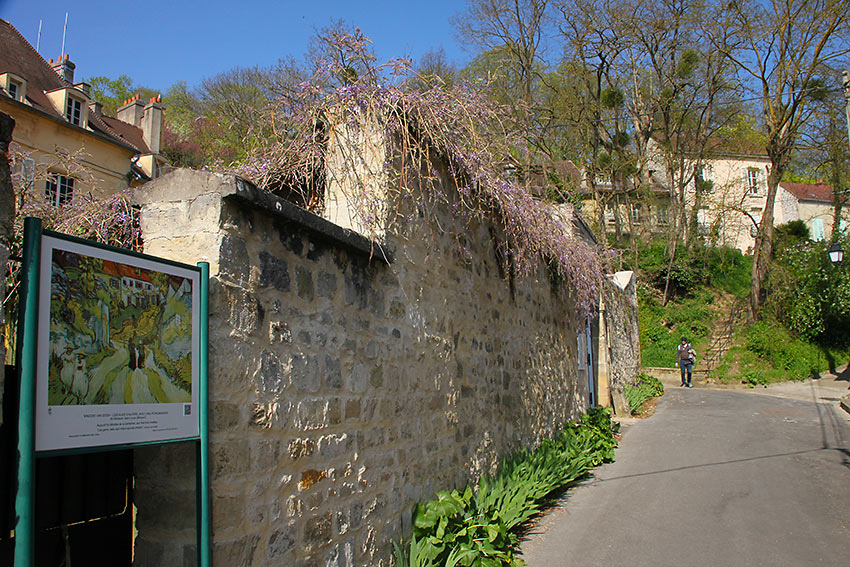
For many, Vincent is best known for his mental instability, suffering from psychotic episodes and delusions, which resulted in self-imposed tenures in an asylum under the care of Dr. Gachet, also a painter. A sensationalistic incident where he slashed off his left earlobe with a razor, purportedly after an argument with post-impressionist painter, Paul Gauguin, added to his reputation as ‘the unkempt, mad painter.’ Gauguin had been a stockbroker and Sunday painter under the guidance of impressionist painter, Camille Pissarro. He left his career to take up painting full time, and his family promptly threw him out of the house. Penniless, Theo suggested that he should share a room with van Gogh to save money. It was an arrangement which immensely pleased van Gogh due to his loneliness and attraction of having long discussions about art with another painter. For Gauguin it was the opposite, and he bailed for Tahiti, where he created a body of work, which depicted Polynesian nature and culture, especially pubescent girls, rendered in solid outlines and vivid color. He died at the age of 54 from symptoms related to syphilis. Little did either painter know that their works of art would later sell for unimaginable prices.
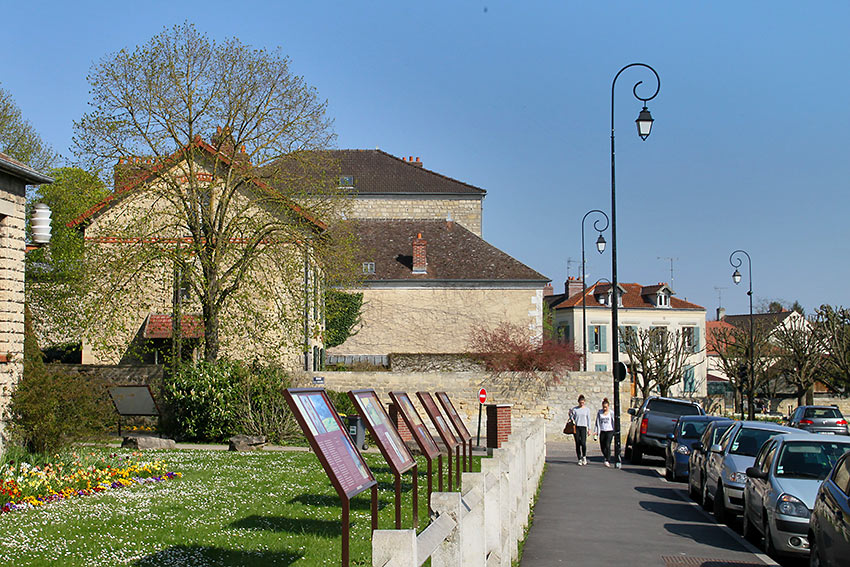
Final Days in Auvers-sur-Oise
I finally caught up with van Gogh in the charming French village of Auvers-sur-Oise, just 16.9 miles by train and a world away from the riveting pulse of Paris. This is where Van Gogh spent the last days of his life. His final two-month period was his most intense and prolific, creating over eighty, almost violent paintings, and 64 sketches. Many are considered masterpieces, such as Crows over Wheatfield, Portrait of Dr. Gachet and Church at Auvers. I had journeyed there to learn more about van Gogh and walk the famous self-guided Vincent van Gogh Trail. You simply follow the path where many of his works were painted, and then stop at posted landmarks, which feature a reproduction of one of his paintings, overlooking the exact landscape where he painted it. It’s mesmerizing; you actually see what he saw when painting one of his many landscapes or village streets.
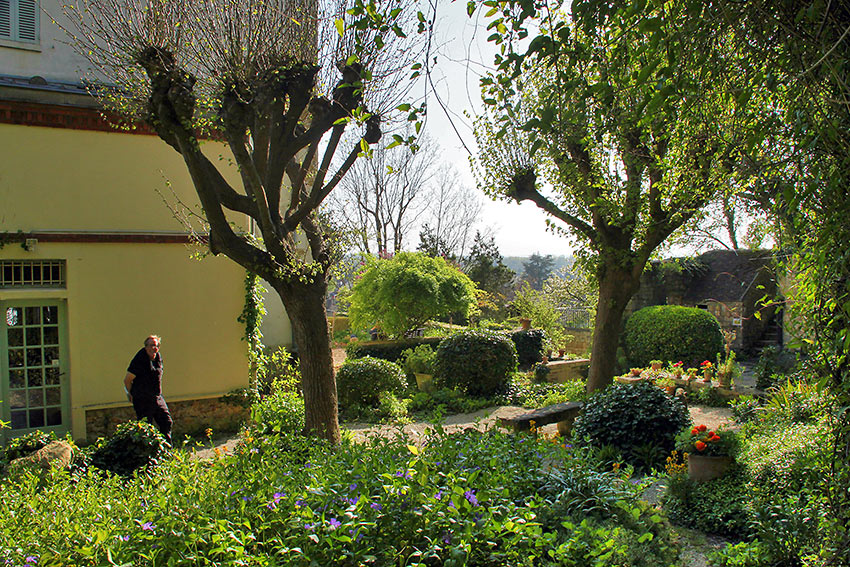
I was surprised that not one of Van Gogh’s original paintings was on display in Auvers-sur-Oise, but you can clearly feel his spiritual presence. You’ll see the modest village houses, the town hall and the church Notre-Dame-de-l’Assomption, pretty much unchanged when Van Gogh painted them. Besides negotiating the Vincent van Gogh Trail, you can stroll further through town and visit Dr. Gachet’s house, which is now a museum. The tour showcases the rooms where Dr. Gachet treated van Gogh with homeopathic remedies and where they painted together in his garden. The village itself is a bit of a horizontal sprawl, and a pair of solid walking shoes is essential
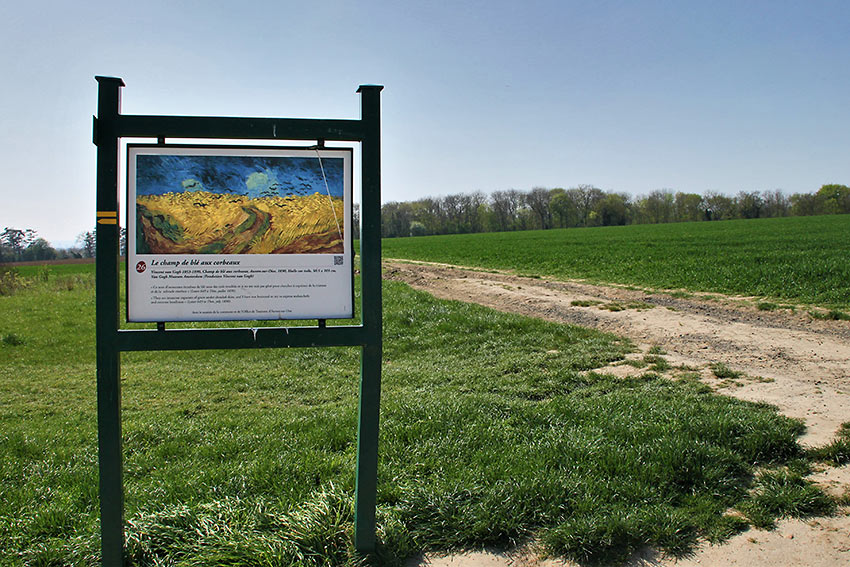
On the evening of July 27, 1890, Vincent van Gogh stumbled back to his tiny room at the Auberge Ravoux. Alarmed by his groans, the innkeeper looked in on the artist and found van Gogh doubled over in pain from a gunshot wound to his stomach. The innkeeper summoned the village doctor, and van Gogh requested that Dr. Gachet come as well. After examining the patient, the doctors concurred that it was not possible to remove the bullet. Gachet filled a pipe, lit it and placed it in the artist’s mouth. Van Gogh puffed quietly away, while the doctor sat at his side and painted a canvas of him, at van Gogh’s request. Theo heard the news the next day and rushed to Auvers to be by his brother’s side. Comforted by Theo’s presence, van Gogh told his brother, “I wish I could pass away like this.” He purportedly whispered to Theo that he shot himself in the chest and missed, resulting in the bullet entering his stomach. He apparently passed out, and then was revived when the weather cooled down. His next step was to shoot himself again in a more fatal part of his body, but he could not find the gun. “I would have thought that as I passed out the gun would have remained in my hand: I doubt if I would have thrown it far.” Vincent, however, was unable to find the gun, and staggered home.
“Paintings have a life of their own that derives from the painter’s soul.”
– Vincent van Gogh
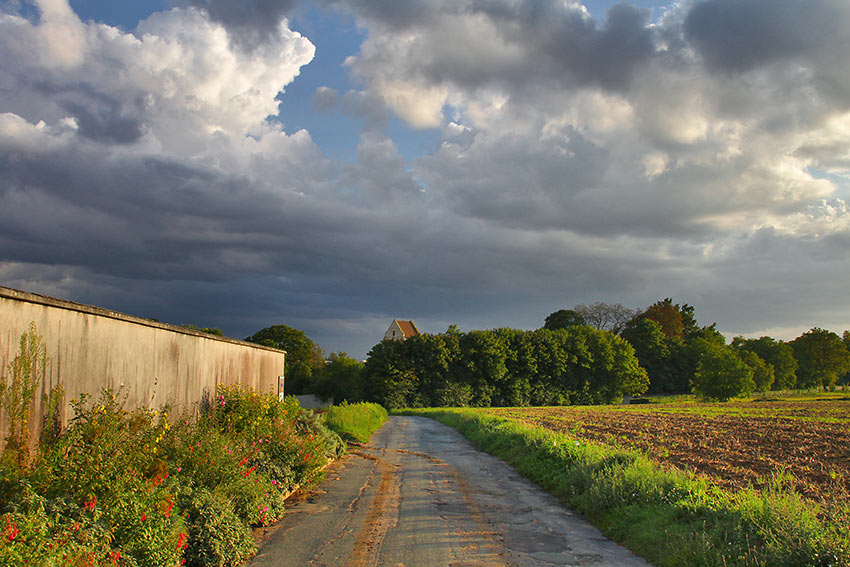
The disappearance of the murder weapon resulted in a series of conspiracy theories. There were long debates whether he committed suicide or was shot by an unnamed person. Never popular wherever he lived and painted, villagers often considered him a dangerous madman dressed in rags. Children would mock van Gogh, throwing rocks and dirt clods at him while he painted. Some researchers argue that van Gogh was accidentally shot by two young boys playing with a gun nearby. There is even one theory that he was murdered by Wild Bill Cody (really) when he was visiting Auvers-sur-Oise on the same day.
The mystery finally came to rest when a corroded revolver was discovered, buried in a wheat field, by a farmer in 1965. Lauded as the most famous weapon in art history, an unnamed buyer bought the 7mm caliber Lefaucheux revolver for about $212,000. The gun’s trigger is pulled back, frozen in place, cementing the moment where it would have dropped from Van Gogh’s grasp.
The origin of the gun was investigated by the writer Alain Rohan in his 2012 book, Did We Find the Suicide Weapon? Rohan presents arguments in favor of its authenticity: “Its caliber matches the bullet retrieved from van Gogh’s body, scientific studies show that the gun had been in the ground since the 1890s, and it is a lower-power gun, which could potentially explain the artist’s prolonged death.”
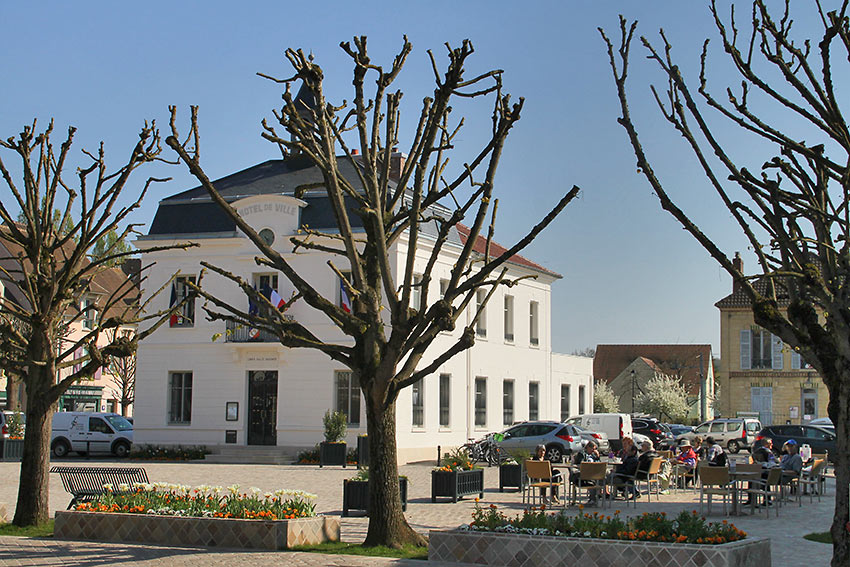
“I put my heart and my soul into my work, and have lost my mind in the process.”
– Vincent van Gogh
A month before his death, he wrote to Theo that his series of painted wheat fields didn’t take much effort to express sadness and extreme loneliness. Van Gogh’s growing sense of distress was exacerbated with news that Theo was experiencing financial problems of his own, which would mean a greater hardship in supporting him. Plus, he was subsiding mainly on coffee, tobacco, and the highly alcoholic beverage, absinth. While Gachet attended to his wounded friend, he still expressed his wish to somehow save him. “Then it has to be done all over again,” replied van Gogh. It is still not exactly clear why van Gogh chose to end his life, but by committing the tragic act so close to the setting of the hauntingly stark Crows over Wheatfield merits much thought.
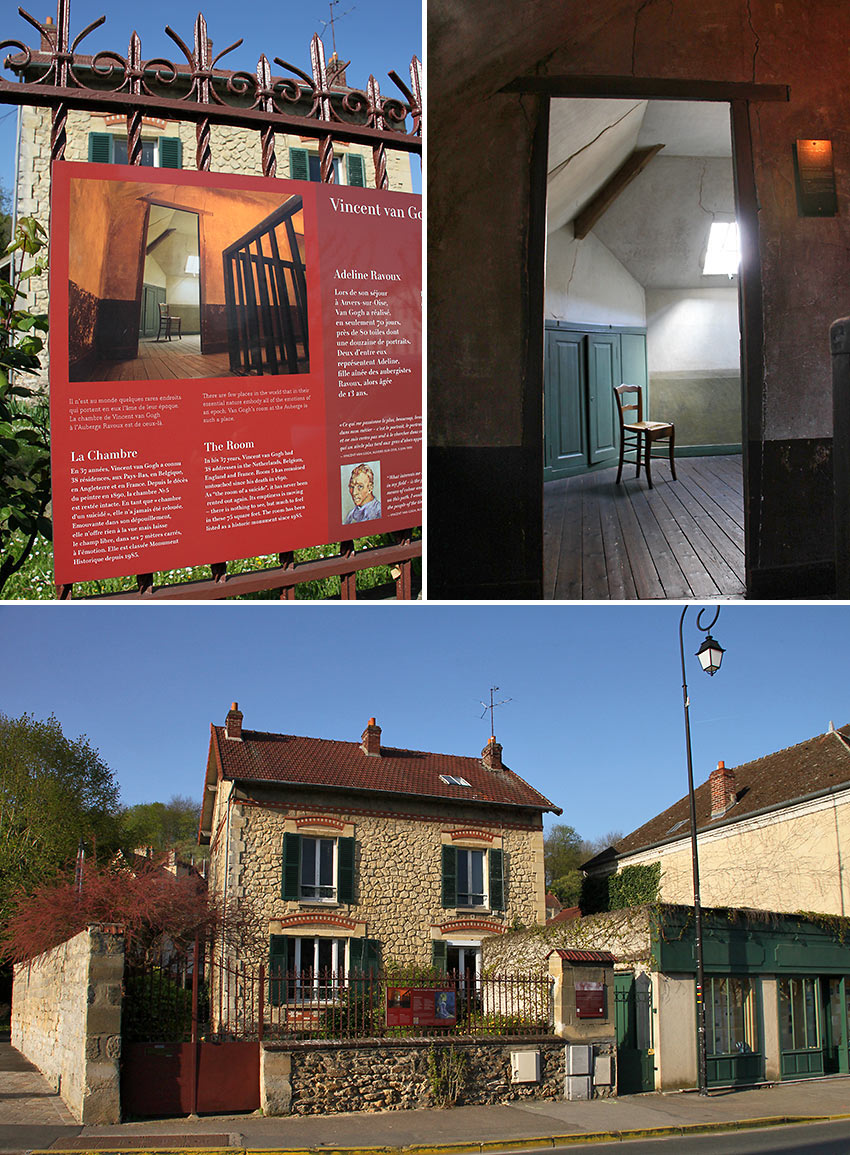
The journey back in time continued with the much anticipated tour of van Gogh’s modest attic room in Auberge Ravoux where he died. Often called The House of Van Gogh, the room has remained vacant since his death; not because it was where van Gogh took his last breath, but due to the French superstition of never renting a room where someone has died. There was a sense of hushed reverence as our small group followed our guide up the sacred stairs. As we quietly assembled in the little room, I felt that I already knew this spartan-like dwelling from Vincent’s paintings; which along with his quarters in Arles, is one of the most famous rooms in art history. But to see it, smell it and feel it in person moved me to the depths of my soul. Our guide gave a heartfelt account of Vincent’s last two days; so heartfelt, that she actually wept.
“The sadness will last forever.”
– Vincent van Gogh
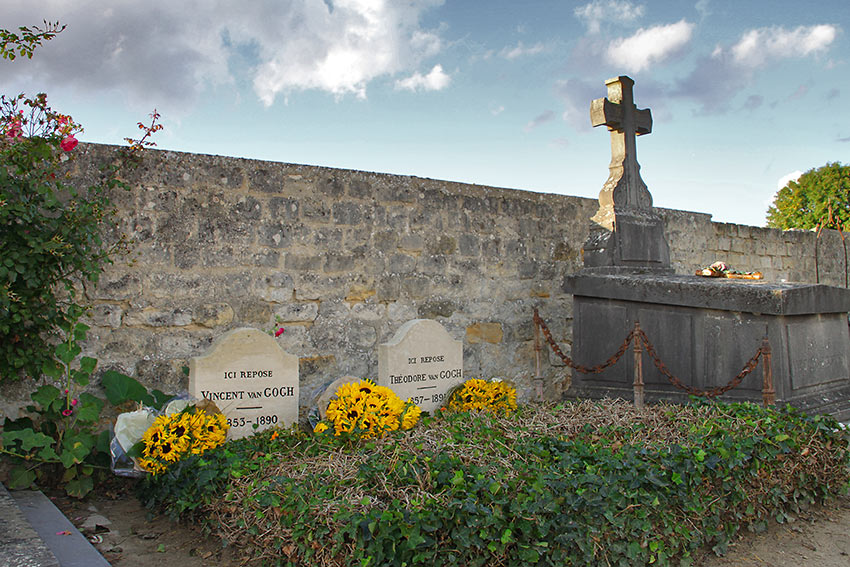
A final walk up the little hill leads to the cemetery where the unassuming graves of Vincent and Theo rest, buried side by side.
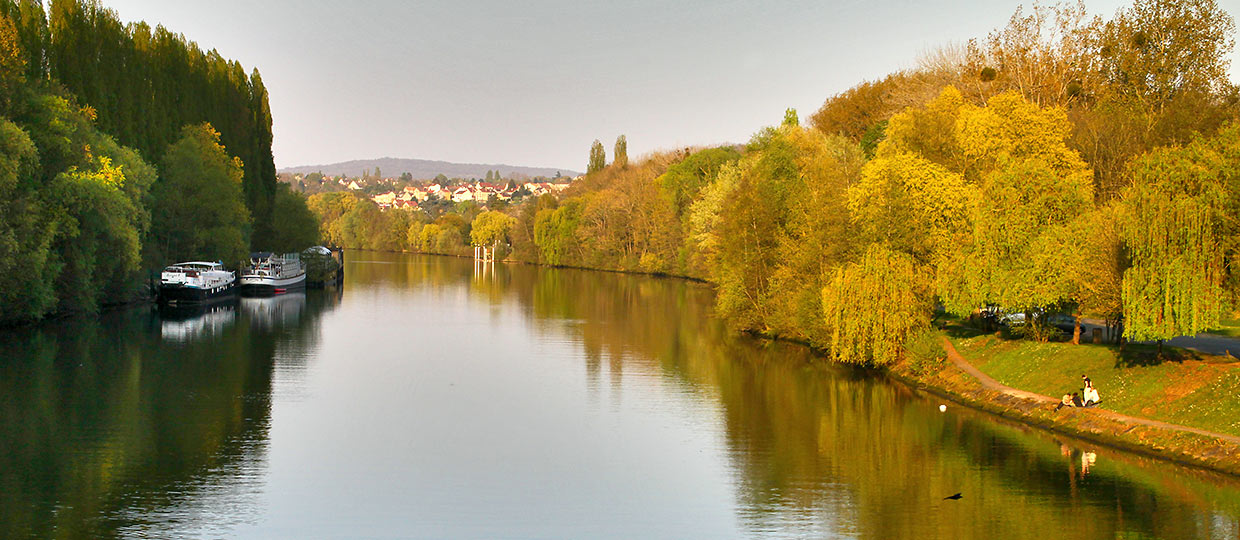
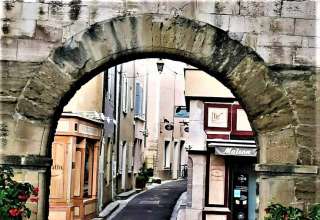
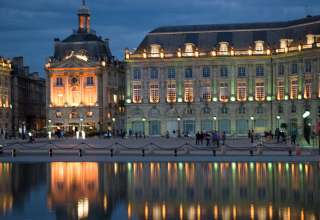







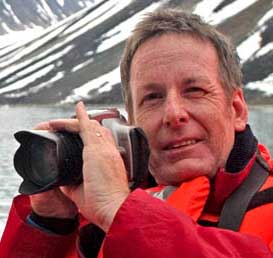
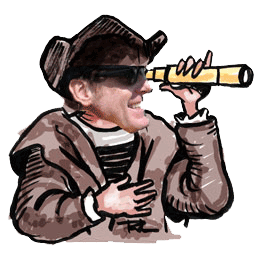















Raoul Pascual
November 12, 2019 at 6:51 am
Beautiful piece of literature, Ed — full of history and trivia. Just as you felt you were an observer of his life by his earthly remnants, I felt I was standing beside you and listening to your guided tour. The photographs were also pretty clever — a frame within a frame. Thanks for sharing.
Dean DGM
November 22, 2019 at 12:53 am
Followed you all the way here, Raoul … I enjoyed reading your critique 🙂 Learned a lot from you!!! A year ago, I listened to a great singer teach a younger newbie on how to sing and perform, I didn’t realize what it takes to be a GOOD singer until I witnessed that session. Today, I learned tons about how to appreciate and read a painting after what you’ve said. You made my day. Thank you.
Raoul Pascual
November 22, 2019 at 10:45 am
Thanks for your kind words Dean. I know you are a loyal follower in my TGIF joke email so it’s so nice to see you here in Traveling Boy.
Raoul
May 5, 2022 at 1:44 pm
What an amazing article about one of my favorite painters. I learned more about Vincent from your account than the videos about him. I also love the quote you selected. What a sad sad life.
Excellent writing. Beautiful photographs. Makes me want to visit there.
If art is a window to the artist’s soul, Van Gogh’s windows were wide open.
Peggy
March 8, 2023 at 10:31 am
Thank you, Ed. You are my Rick Steve’s.
Peggy
April 30, 2025 at 5:18 pm
I read this again just now and really felt the genius of Vincent’s life and work. The support of his brother, Theo, is so moving. All unique, somewhat mad geniuses need such support. Thank you Ed and Debbie for bringing Vincent to life for me once again.